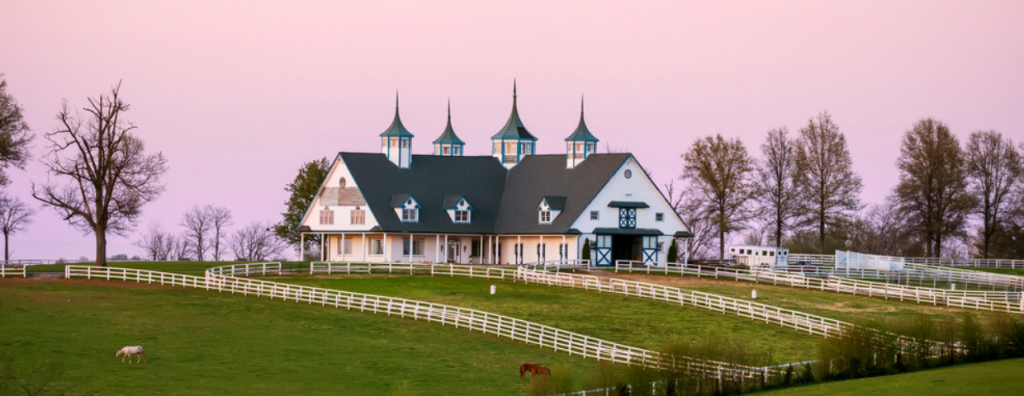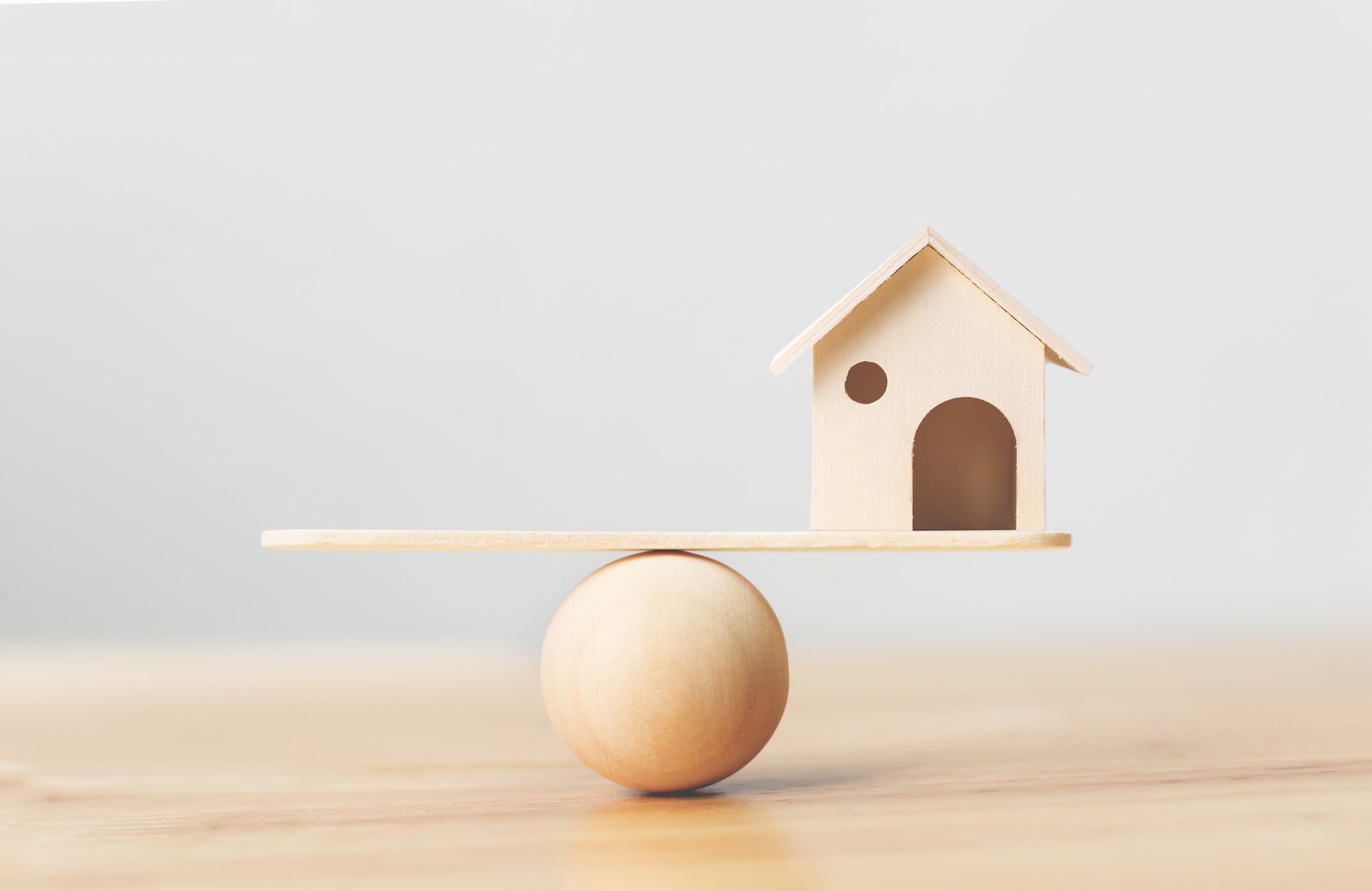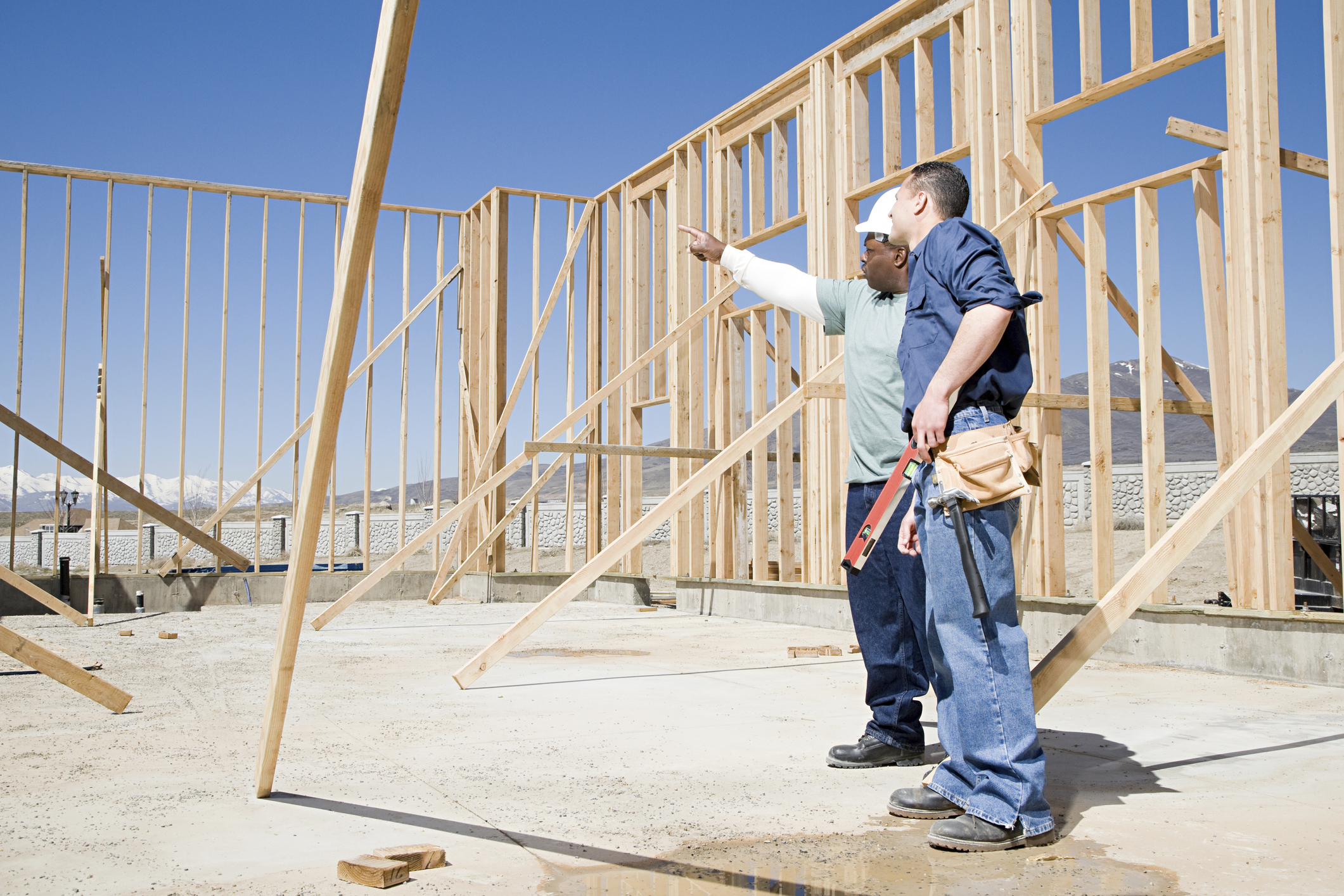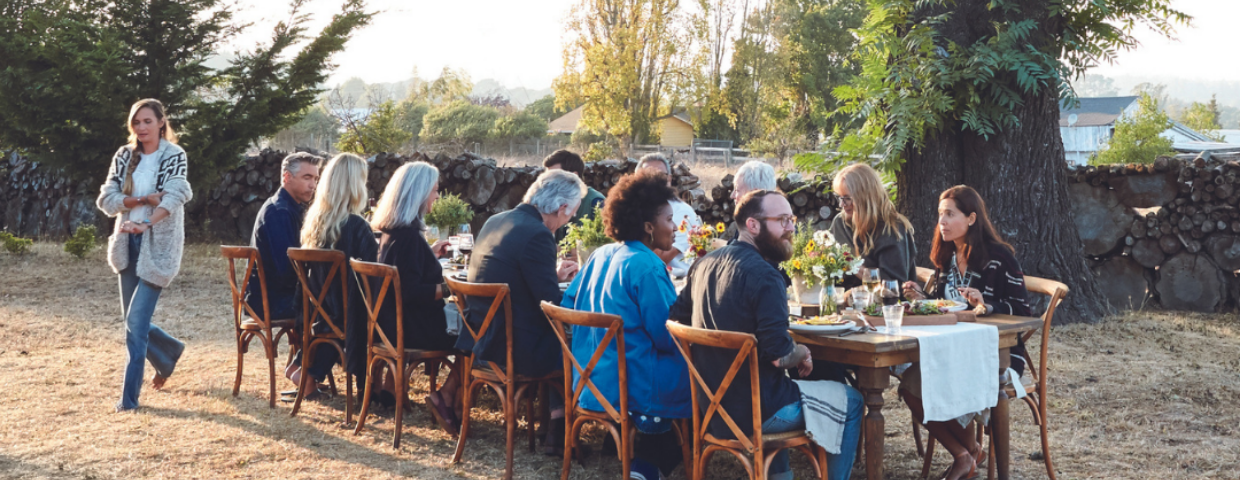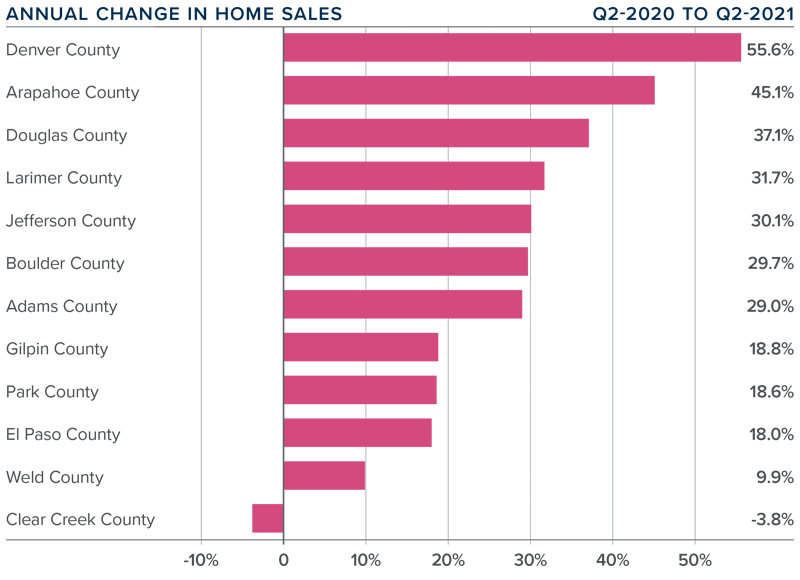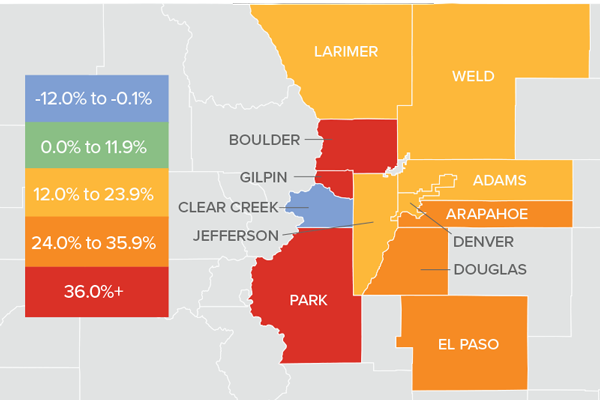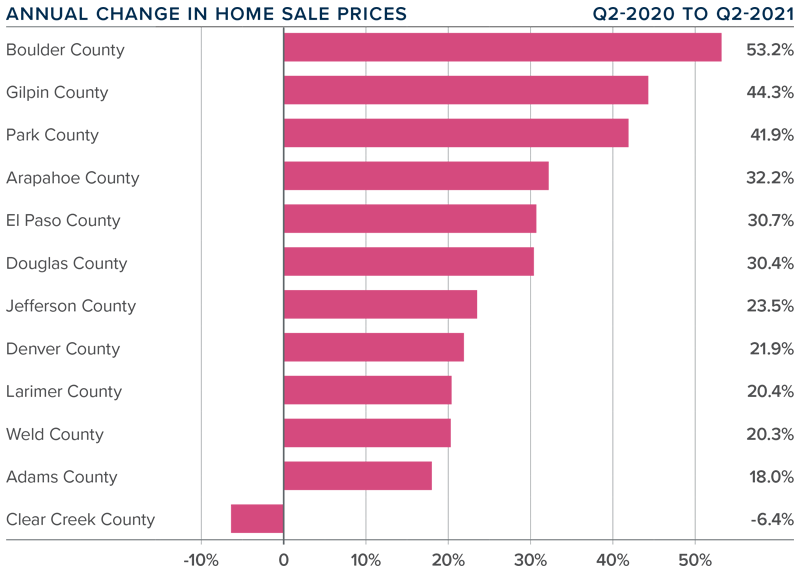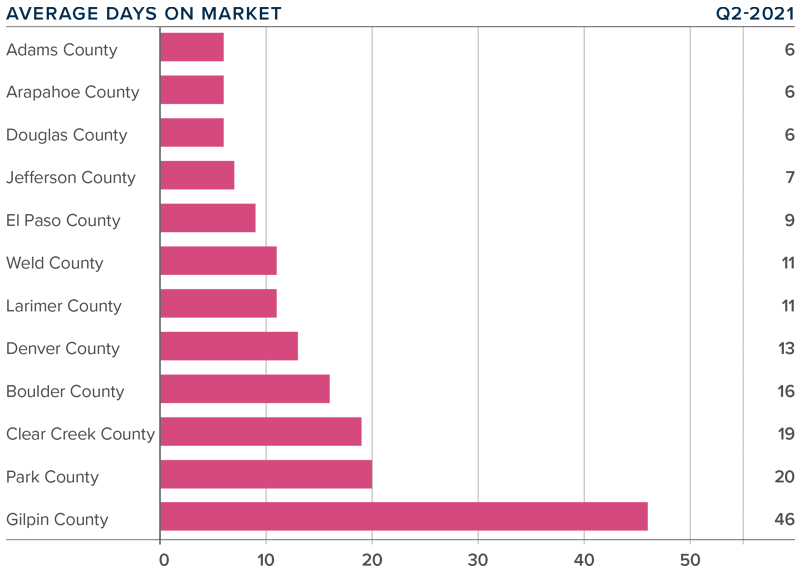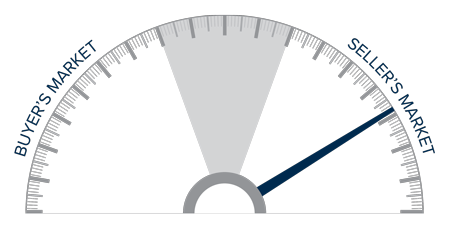This article originally appeared in the Summer 2021 issue of Windermere Living by Amanda Zurita.
Summer, especially this summer, is meant for barbecues, outdoor movie nights, garden gatherings, and rooftop cocktail affairs. Keep the focus on reconnecting with friends and family by opting for unfussy, minimalist decor and clean color palettes. It’s about time we have something to celebrate, isn’t it?
Backyard Barbecue
Upgrade the summertime tradition of the backyard barbecue with stylish and simple tools.
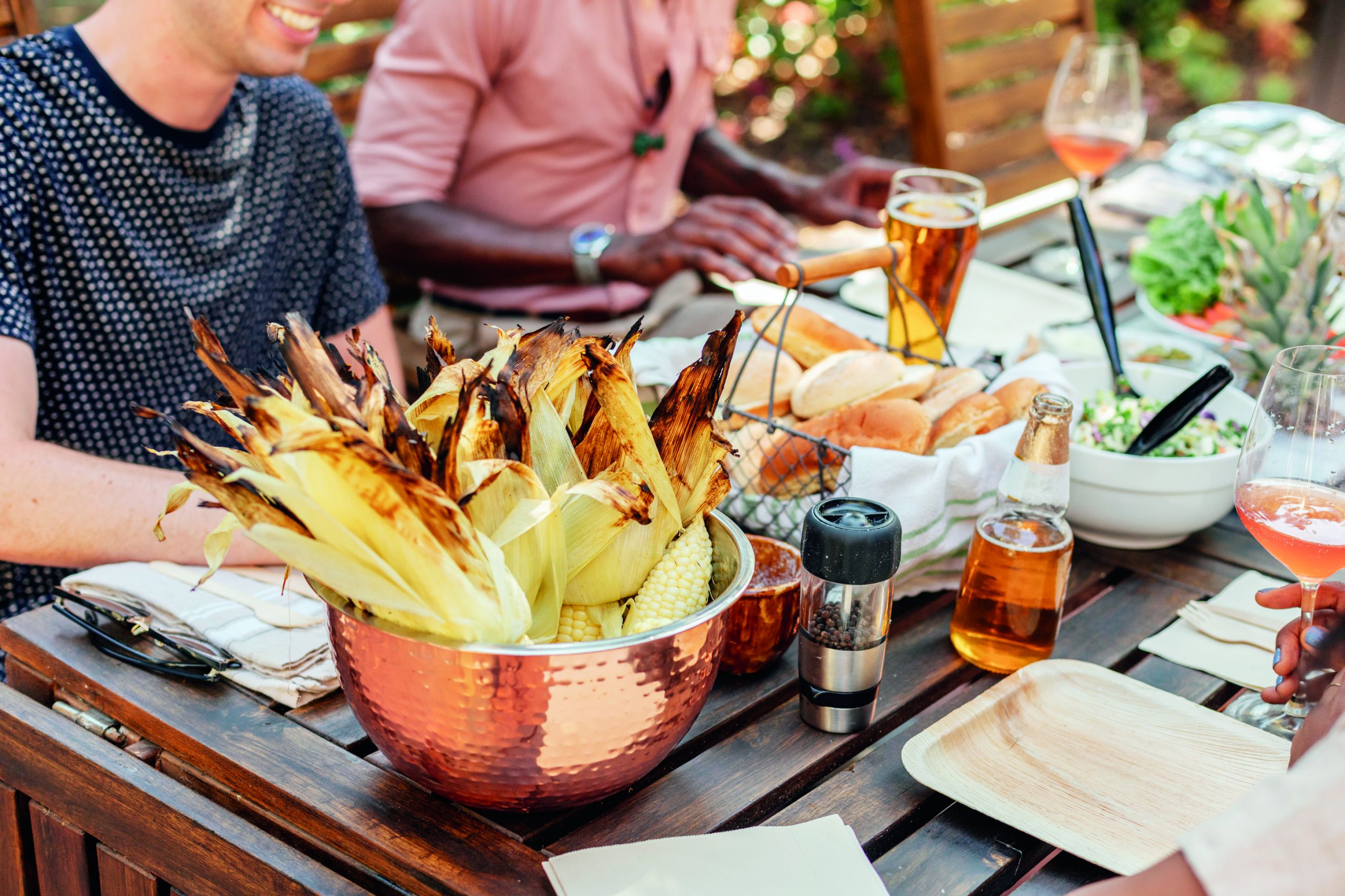
Image Credit: Jayme Burrows / Stocksy
The most time-honored summertime gathering takes place in your own backyard, and a lineup of modern tabletop grills and tools means you can feed a fête without much fret. For example, BergHOFF’s sleek tabletop grill has a compact design that can easily transport to a balcony or the beach—simply add charcoal, and you’re ready to take orders. Or switch it up with one of this year’s most popular cooking contraptions, a portable pizza oven, like the one made by Ooni. With models powered by gas or by wood fire, these ovens can cook a 12-inch pizza in as little as 60 seconds and will work for meats and vegetables, too. Focus on main courses, and ask your guests to bring sides or desserts to share. Complete the ambience by piping a playlist through portable outdoor speakers like the Move by Sonos, which are equipped with voice control and Bluetooth tech, so you can play DJ with ease.
Elevate Your Grill Game Without Going Too Crazy
-
Burgers on the menu? Stuff them with gourmet cheeses, like bleu or mozzarella, before throwing them on.
-
Sitting down together? Time your steaks right by searing them first and finishing them just before serving.
-
Make it a pizza night—with or without a pizza oven. Load pies with your favorite fixings, roll them out on a pizza stone, and cook them over the open flame.
-
Don’t skimp on fruits and veggies. Grilled vegetables are summer’s side dish; peaches and pineapple make for a sweet and juicy dessert (make it á la mode!).
Garden Party
Elevate your outdoor space with basic romantic elements.
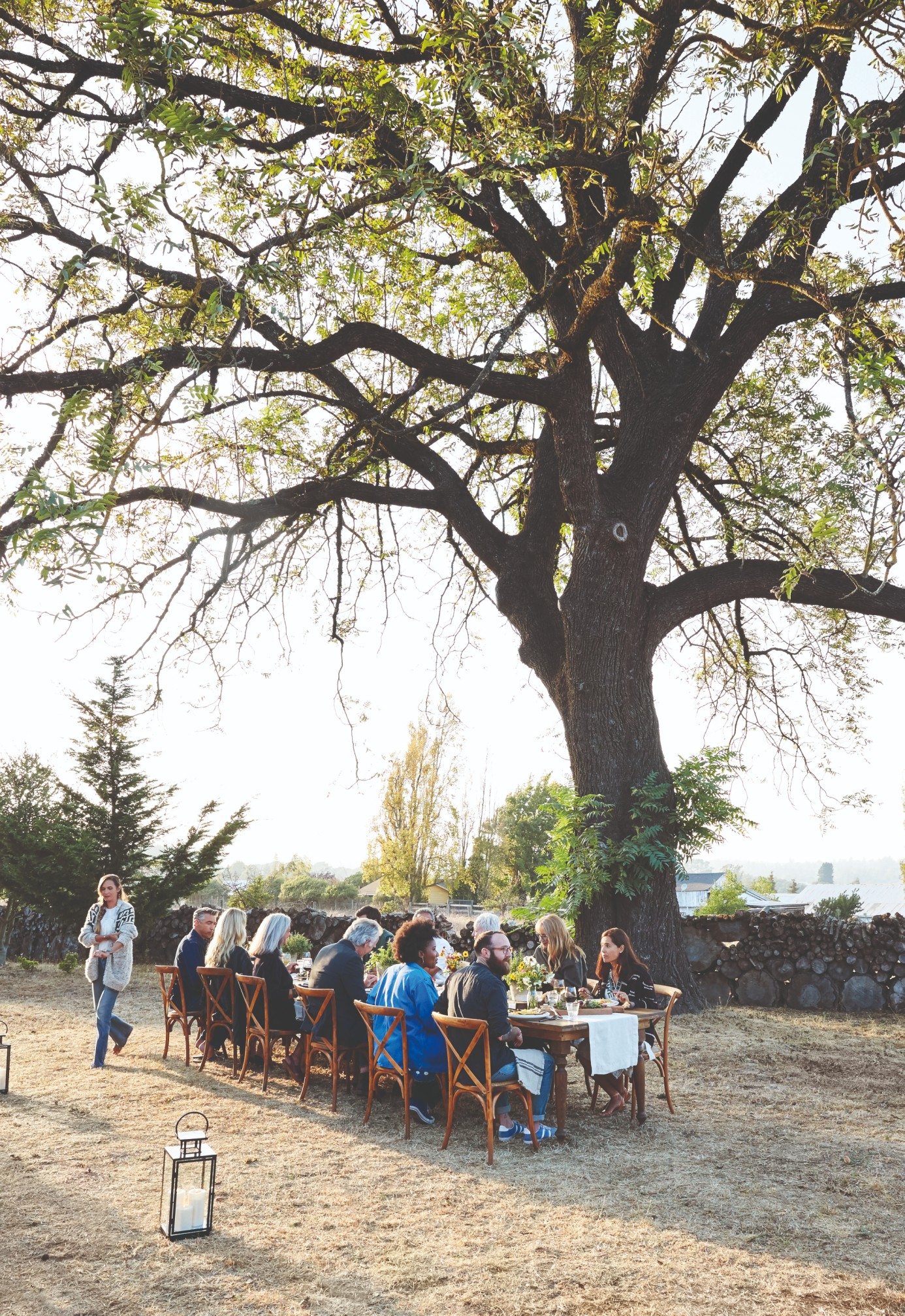
Image Credit: Trinnette Reed / Stocksy
A garden party is a glorious way to gather with friends for an elegant afternoon. Start by creating a special space in the yard by laying down some outdoor rugs or erecting a temporary canopy to provide shade. To illuminate the celebration, surround the table with candlelit lanterns, or string outdoor lights between overhead branches. Then, it’s all about the tablescape. Select durable (and unbreakable) dishware like sustainable bamboo plates and bowls from Fable New York, which come in a range of colors like soft blush, buttery yellow, and eggshell blue. The same goes for glasses, which can be as durable as they are chic in fluted acrylic designs from West Elm. To distribute your chosen refreshments, fill a cheery pineapple-shaped beverage dispenser from Nordstrom with punch or lemonade, or stock bottles of bubbly in a sleek Permasteel rolling patio cooler. Once you’ve covered the dining and decor, add extras that keep your guests comfortable, like classic paddle fans, supplied by party stores and wedding suppliers like The Knot. Keep mosquitoes at bay with a discreet Patio Shield repeller by Thermacell, which creates a 15-foot zone of protection around your gathering.
Add a touch of natural beauty by creating simple flower arrangements based on what’s in your yard—or the local farmers market. Seasonal blooms like tulips, peonies, and ranunculus come in many shades and have a textural, wild appearance. To step outside the expected, add branches from cherry or olive trees or fresh fruits from trees on your property. Take your time adding and subtracting elements until you achieve a look you love. A flower frog or stretch of lattice can help hold everything in place. For a minimalist spray, choose a monochromatic color palette, or keep it light with just a few blooms.
Sunset Soirée
Watch the sunset from your rooftop, porch, or balcony at an elegant yet restrained affair.

Image Credit: Jovo Jovanovic / Stocksy
To set a classic (and classy) mood, make a portable record player the center of attention, and invite guests to bring a favorite album. Many options, like the turntables from Crosley, have Bluetooth capabilities, so you can link speakers and switch to digital music with ease. To keep the evening chill away, set up a portable fire pit (Solo offers wood-burning, smokeless options in a number of sizes). Citronella candles, like Pottery Barn’s artful candle, help maintain the romantic ambience while keeping the buzz kills away.
Cheers to You
A polished party deserves an equally upscale signature drink, but you don’t want to spend all night playing bartender. A Champagne punch you can batch in advance is easy to make but elegant enough to fit the vibe. This recipe for a berry satsuma sangria will fit the bill and please a crowd, especially when served in shatter-resistant stemware from Williams Sonoma. Prepare about an hour before your party to preserve the bubbles.
Ingredients
- 6 satsuma oranges
- 1/2 pint strawberries, sliced
- 1 pint raspberries
- 1 bottle of chilled dry Champagne or sparkling wine
- 6 oz Grand Marnier liqueur
- 4 oz club soda
- 2 oz cherry brandy
- Fresh mint for garnish
Recipe
Place the segments of two oranges and all of the strawberries and raspberries into a large punch bowl or drink pitcher. Juice the remaining oranges for about . to ⅔ cup of orange juice, and add to the bowl along with the remaining liquid ingredients. Stir together and taste, adding simple syrup if it isn’t at your desired sweetness. Serve over a large ice cube and garnish with mint.
Movie Night
Everything you need to get cozy under the stars.

Image Credit: Shutterstock
Pump Up Your Popcorn
Toss plain popcorn with a variety of seasonings: try butter, salt, and truffle oil; crispy bacon, a few tablespoons bacon drippings, butter, and chopped chives; butter, sriracha, and lime—or bake popcorn on a tray with a few cups of your favorite cheeses for a crunchy-melty treat.
It’s lights, camera, action with a backyard movie night to rival any drive-in. If you’ve spent the last year watching everything Netflix has to offer from the comfort of your couch, this change of scenery is (literally) a breath of fresh air. Opening your own outdoor theater is easy with movie screens, like Pottery Barn’s streamlined option, that set up in no time and come with a portable storage bag. Upgrade from blankets or lawn chairs to specially made outdoor bean bags from Jaxx, line the aisles with IKEA’s romantic solar lanterns, and you’re ready for showtime under the stars.
Project: Projector
When choosing a projector, consider brightness levels in your yard. If you have any light pollution, you’ll likely need a projector that puts out 800 lumens for an 80-inch screen size. A short throw projector, placed three to eight feet from the screen, is ideal. Epson’s EF-100 Mini Laser Projector is a good bet, and it’s both powerful and light, weighing just under six pounds. As for audio, most projectors that do have built-in speakers won’t offer the cinematic sound quality you’re looking for, so a set of well-placed Bluetooth speakers will round out the full experience. A pair of Anker Soundcore Motion Boom speakers placed at the back corners of your viewing area can create rich surround sound. And be sure to let the neighbors know about movie night so they aren’t surprised—better yet, why not extend an invite?
 Facebook
Facebook
 X
X
 Pinterest
Pinterest
 Copy Link
Copy Link
